Type C USB DataCable | Electroline C12 Fantastic Quality
8 in stock
- Fast Charging 3.1A
- Supports Data Transfer
- High Density Copper
- Length 1 m
- Round Cable
- Camera, Computer, Gaming Console, MP3 Player, Mobile, Smart Watch, Tablet
₹101.69 ₹168.64
8 in stock
CompareType C USB DataCable for Electronics: A Comprehensive Guide
Introduction for Type C USB DataCable
In the world of electronics, connectivity is key. The Type-C USB cable has become a ubiquitous component in modern electronic devices, providing a universal solution for charging, data transfer, and peripheral connectivity. Its small, reversible design, fast data speeds, and high power capabilities make it a versatile tool for various applications.
In this comprehensive guide, we will delve into the intricacies of the Type-C USB cable, exploring its history, design, applications, advantages, and tips for using it effectively in electronic projects.
I. History and Evolution of USB
To understand the significance of the Type-C USB cable, it’s essential to trace its origins in the broader context of Universal Serial Bus (USB) technology. USB was first introduced in the mid-1990s as a standardized connector and protocol for connecting peripherals to personal computers. Over the years, USB technology has undergone several iterations, each improving upon its predecessor:
1. USB 1.0/1.1: The original USB specification introduced the concept of a universal connector for various devices, including keyboards, mice, and printers. It provided data transfer speeds of up to 12 Mbps.
2. USB 2.0: This iteration, introduced in 2000, boosted data transfer speeds to 480 Mbps, making it suitable for faster devices like external hard drives.
3. USB 3.0: In 2008, USB 3.0 was unveiled, offering significant speed enhancements with a maximum transfer rate of 5 Gbps. It introduced a new blue color-coding for connectors and backward compatibility with USB 2.0.
4. USB 3.1: This iteration, released in 2013, doubled the maximum data transfer rate to 10 Gbps. It also introduced the Type-C connector, which would later become a defining feature of the USB-C standard.
5. USB-C or Type-C: In 2014, the USB Implementers Forum (USB-IF) introduced the Type-C connector, marked by its compact, reversible design. The Type-C connector is compatible with USB 3.1 and higher versions, offering faster speeds, higher power delivery, and universality.
II. Anatomy of a Type C USB DataCable
A Type C USB DataCable comprises several components, each designed to facilitate specific functions. Understanding its anatomy is crucial for selecting the right cable for your electronic project:
1. Connector: The Type-C connector is characterized by its small, oval shape with no up or down orientation. It features 24 pins arranged in a symmetrical design, allowing for reversible insertion. This is a significant advantage over previous USB connectors, eliminating the frustration of trying to plug it in the correct way.
2. Cable: The cable itself consists of multiple wires within a protective outer sheath. The number of wires can vary depending on the cable’s intended use. In a standard Type C USB DataCable, you can find wires for power (Vbus), ground (GND), data transfer (D+ and D-), and, in some cases, additional wires for power negotiation and other purposes.
3. E-Marker Chip (Optional): Some high-quality Type-C cables include an embedded E-Marker chip. This chip allows the cable to communicate its capabilities to the connected devices, ensuring safe and efficient power delivery.
III. Applications of Type C USB DataCable
The Type C USB DataCable is incredibly versatile, and its applications are widespread in the world of electronics:
1. Charging: Type C USB DataCable are commonly used for charging smartphones, tablets, laptops, and other portable devices. They support various charging standards, including USB Power Delivery (PD), which can deliver higher power levels for fast charging.
2. Data Transfer: Type C USB DataCable offer high-speed data transfer capabilities, making them ideal for connecting external hard drives, flash drives, and other storage devices to computers. USB-C ports are also prevalent on modern laptops and desktops.
3. Audio and Video: Type C USB DataCable can carry audio and video signals, making them suitable for connecting monitors, projectors, and headphones to devices like laptops and smartphones. USB-C’s versatility extends to supporting technologies like DisplayPort and HDMI through appropriate adapters or compatible devices.
4. Peripheral Connectivity: USB-C is becoming the standard connector for various peripherals such as mice, keyboards, printers, and game controllers. Adapters and hubs with USB-C ports allow users to connect legacy devices to modern computers.
5. Power Delivery: USB Power Delivery (PD) is a feature of Type-C cables that allows them to deliver higher levels of power. This capability is particularly useful for charging laptops, powering external displays, and even electric vehicles.
IV. Advantages of Type-C USB Cables
The widespread adoption of Type C USB DataCable can be attributed to several key advantages:
1. Reversible Design: The Type-C connector’s reversible design eliminates the frustration of trying to plug it in the correct way. Users can insert it confidently without worrying about orientation.
2. Universality: Type-C is becoming the universal standard for connectors, reducing the clutter of various cable types. This universal compatibility simplifies cable management and ensures that one cable can be used for multiple devices.
3. Fast Data Transfer: Type-C cables support high data transfer speeds, making them suitable for quick file transfers between devices. USB 3.1 Gen 2 and later versions offer up to 10 Gbps data transfer rates, significantly faster than previous USB standards.
4. High Power Delivery: USB Power Delivery (PD) is a significant advantage of Type-C cables. They can deliver higher levels of power, enabling faster charging for smartphones and laptops. USB PD also supports bi-directional power flow, allowing devices to negotiate power requirements.
5. Versatility: The versatility of Type-C connectors allows them to serve multiple functions. They can carry power, data, audio, and video signals, reducing the need for multiple cables and adapters.
V. Tips for Using Type-C USB Cables in Electronics Projects
When using Type-C USB cables in electronics projects, consider the following tips to ensure effective and safe usage:
1. Cable Quality: Invest in high-quality Type-C cables to ensure reliable data transfer and safe power delivery. Poor-quality cables may not meet the required standards and can cause issues.
2. Check Compatibility: Ensure that your devices are compatible with the Type-C connector and that they support the features you intend to use, such as USB Power Delivery or data transfer rates.
3. Power Delivery Negotiation: When using USB Power Delivery, be aware that power negotiation occurs between the cable, charger, and device. Make sure all components support the desired power delivery level.
4. Adapters and Dongles: If you need to connect legacy devices to USB-C ports, invest in quality adapters or dongles to maintain compatibility.
5. Cable Length: Consider the cable length for your project carefully. Longer cables may result in voltage drop and slower charging or data transfer speeds.
Conclusion
The Type C USB DataCable has revolutionized connectivity in the world of electronics. Its compact, reversible design, fast data transfer capabilities, and high-power delivery make it a versatile solution for charging, data transfer, and peripheral connectivity. As the universal standard for connectors, it simplifies cable management and offers compatibility across a wide range of devices.
Whether you’re charging your smartphone, connecting peripherals to your laptop, or powering electronic projects, the Type C USB DataCable is an indispensable tool in the modern electronics landscape. Understanding its features and capabilities will empower you to harness its full potential in your electronic endeavors.
You Can Also Buy our Products Consisting of Type C Port from here
| Weight | 0.036 kg |
|---|
Based on 0 reviews
Be the first to review “Type C USB DataCable | Electroline C12 Fantastic Quality”
You must be logged in to post a review.



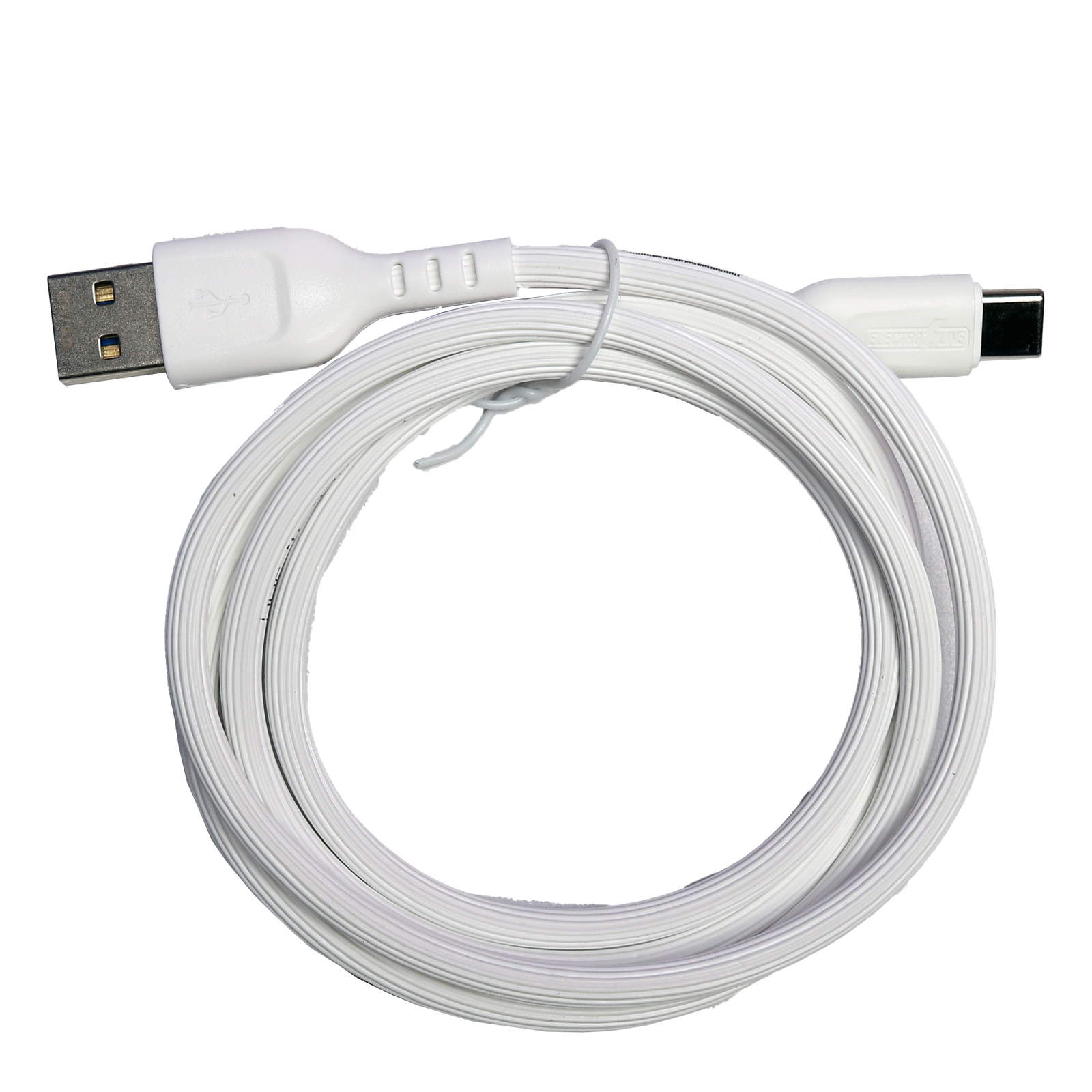

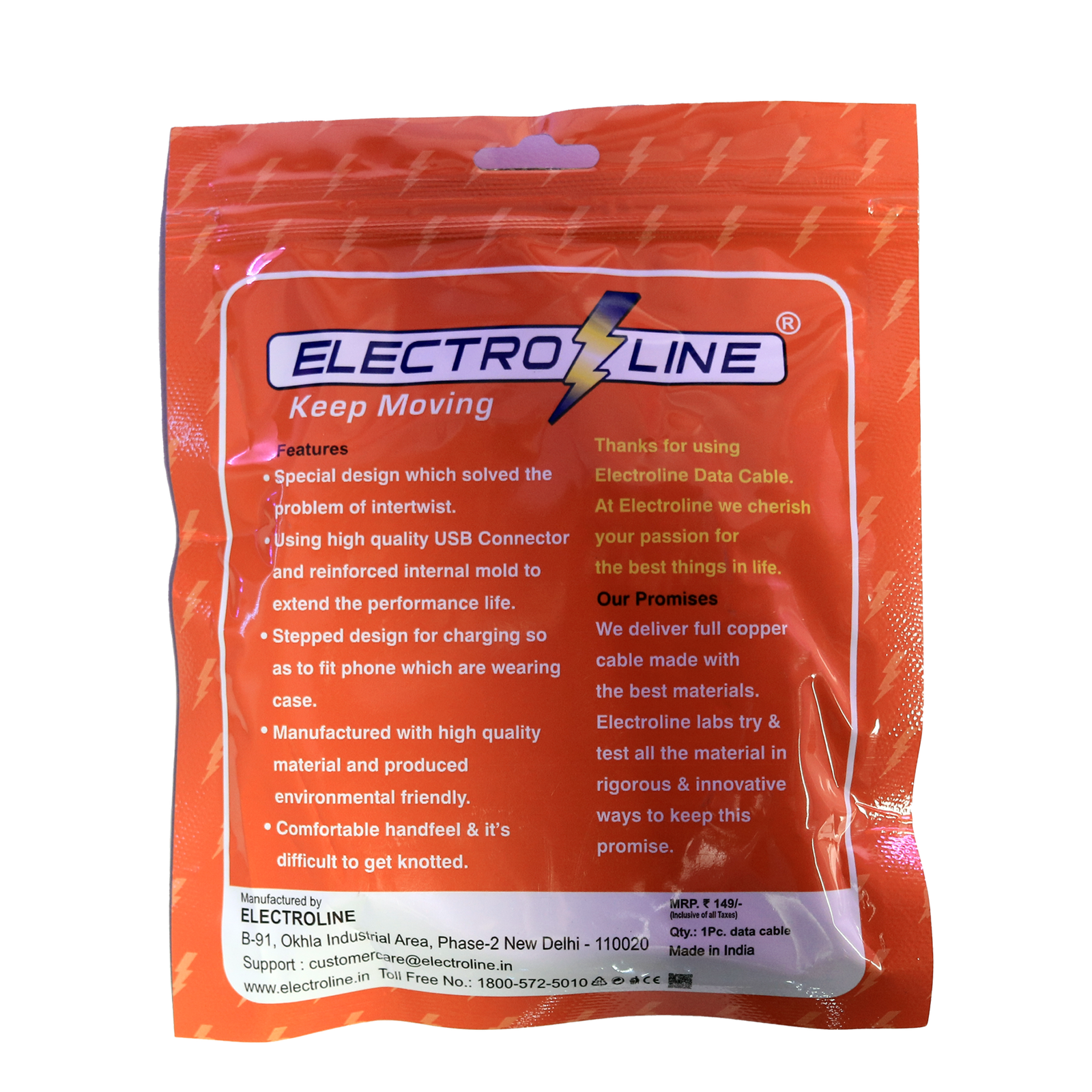
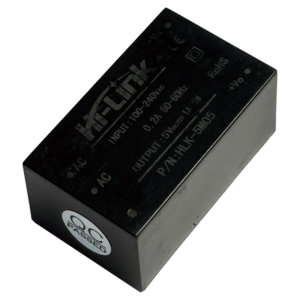
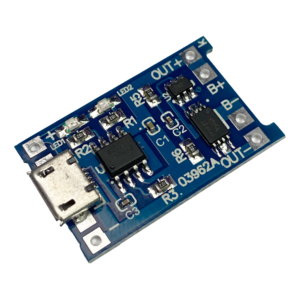
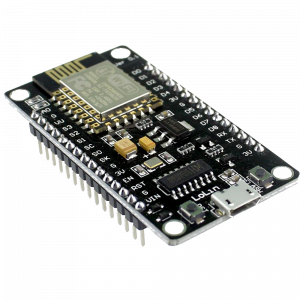
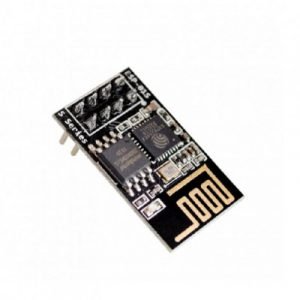
There are no reviews yet.